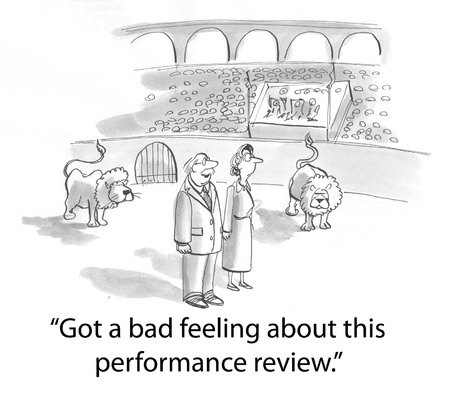Managing Employee Performance – Assessing Performance Part 3

This blog is part of a series of blogs focusing on the topic of “Managing Employee Performance”. Managing employee performance in the workplace is comprised of all of the interactions and activities that take place between an employer and an employee. These interactions and activities result in the achievement of goals and expectations. More importantly, they result in employee success and organizational success. The previous two blogs emphasized the importance of ongoing conversations and choosing an approach focused on “landing” the message vs. just sending the message. Managers of employee performance need to commit to providing meaningful and helpful feedback on a regular basis. This feedback must be authentic and clear. This blog will continue the topic of how to assesses performance through ongoing conversations with a focus on how to structure the actual feedback conversation so that it “lands”.
Four Step Framework
I have developed a four-step framework for providing feedback in an effective manner. As a way to remember each step of the process, the four steps are based on the word FEED. Connecting the concept to a story can be a great way to remember the concept, so let’s do that for our feedback framework.
In our story, a young woman with great potential joins an organization and is matched with an experienced executive who is entering the twilight of her career and has been asked to mentor the new employee. When they sit down at their first meeting, the experienced executive asks the young woman “what would you like from me – how can I help?” The young woman remarks that she prefers an environment where people are engaged, care about their work, relationships matter and employee success matters. She continues with an observation that all too often there is an environment where people are indifferent, relationships don’t seem to matter, and management appears to only care about how the company is doing. She then asks, “how do I build an atmosphere where relationships matter, and people feel supported?”
The wise executive answers “Relationships are a like a living being. They are alive and need sustenance. Like any living entity, the one you feed thrives. If the sustenance you deliver provides clarity, builds engagement and supports employee success, that is what will thrive. Take a few days to think about that, and let’s meet again to talk about what I’ve said and what it means to you.” With that, the meeting ends.
Feedback Process – FEED
The key concept from the story is “whatever you feed will thrive”. A framework for having great conversations with people is all about your ability to FEED. FEED stands for:
Step 1 – Facts, Focus and Framing
- Facts – Describe the situation – the specific behaviours and outcomes.
- Focus – What will be the focus of the conversation? Identify the message that you want to “land”.
- Frame – How will you frame the conversation at the beginning – what context will be helpful for the message to “land” better?
Step 2 – Expectations
- Revisit the expectations. Confirm the “target” expectations that have been communicated and discussed in the past.
Step 3 – Effect
- Discuss the effect of the actions taken. Review the impact of the actions/outcomes. What difference does it make to the recipient of the feedback, to co-workers, to the customer, or to the organization? Connect the impact to outcomes that are important to the recipient (explain an example).
Step 4 – Dialogue
- Invite the other person to share their perspective. Engage in dialogue – an exchange of thoughts.
If you do a good job FEEDing an employee when assessing their performance, success will grow. In the next blog, we will summarize the key elements of assessing performance.
As always, I welcome your comments and feedback. You can connect with me via email or telephone or leave a comment right here on the site.
Until next time,
Dave





Leave a Reply
Want to join the discussion?Feel free to contribute!